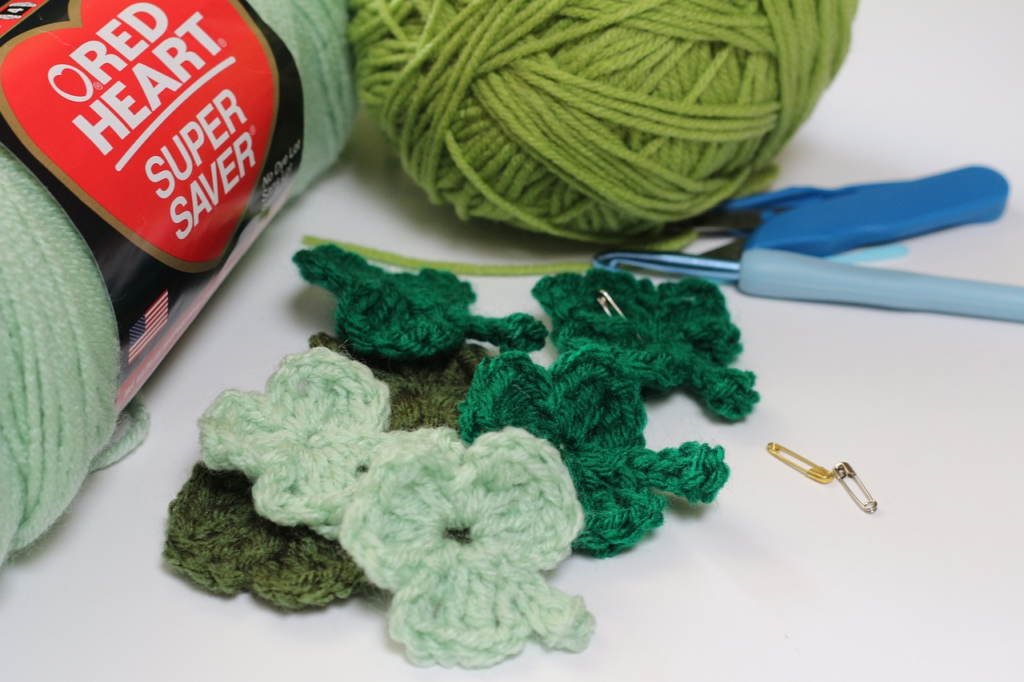
Tips for crocheting
Millions of people find happiness and relaxation in the beloved craft of crocheting. There’s always something new to learn tips for crocheting, regardless of experience level. Ten suggestions are provided in this comprehensive guide to help you become a better crocheter and have even more fun with the craft. Tips for crocheting will make things easy for you
1. Pick the Correct Yarn:
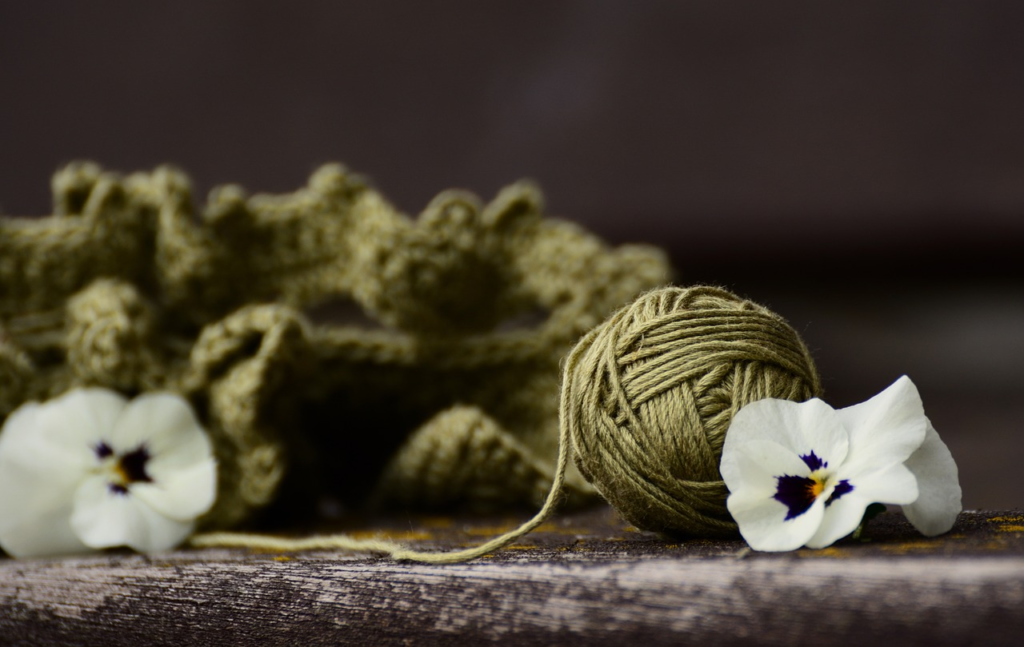
It’s important to choose the correct yarn for your project. Worsted weight yarn is a good choice for beginners as it is a medium weight yarn. This thickness is more forgiving for novices and makes it easier to see your stitches. Select silky, non-spitty yarns such as blends of cotton or acrylic. These yarns are less prone to irritate you and glide gently on the hook. Novelty yarns can be difficult to work with, so save them for when you have more skill.
2. Select the Right Hook Size:

The size of your crochet hook will determine how your item turns out. Letters (such as G, H, and I) and millimeters (such as 4.0 mm, 5.0 mm) are used to represent hook sizes. Take note of the recommended hook size on the yarn label, but don’t be afraid to explore. For scarves and blankets, a larger hook produces looser, more flexible stitches, whereas for amigurumi and lacework, a smaller hook produces tighter, more structured stitches. To make sure your tension fits the specifications of the pattern, always prepare a gauge swatch.
3. Master fundamental Stitches:
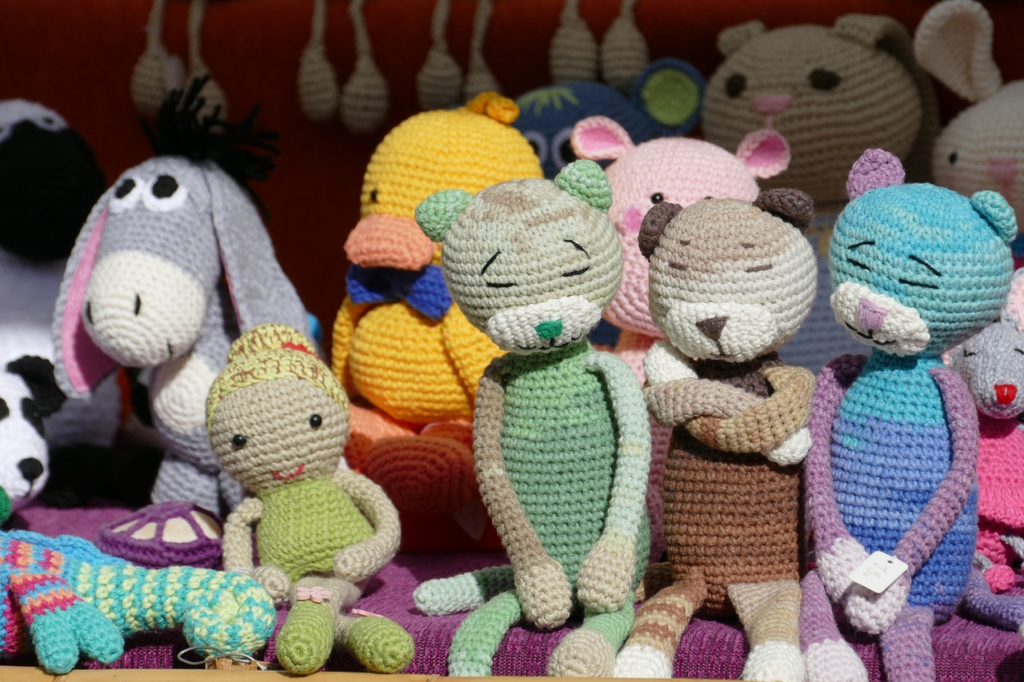
Make sure you have a firm understanding of fundamental stitches before tackling more intricate patterns. As the foundation of most projects, start with the foundation chain (ch). Next, try half-double crocheting (hdc), double crocheting (dc), and single crocheting (sc). The foundation for more complex patterns is made up of these basic stitches. Spend some time honing these fundamentals; it will pay off in more complex endeavors.
4. Keep the Tension Consistent:
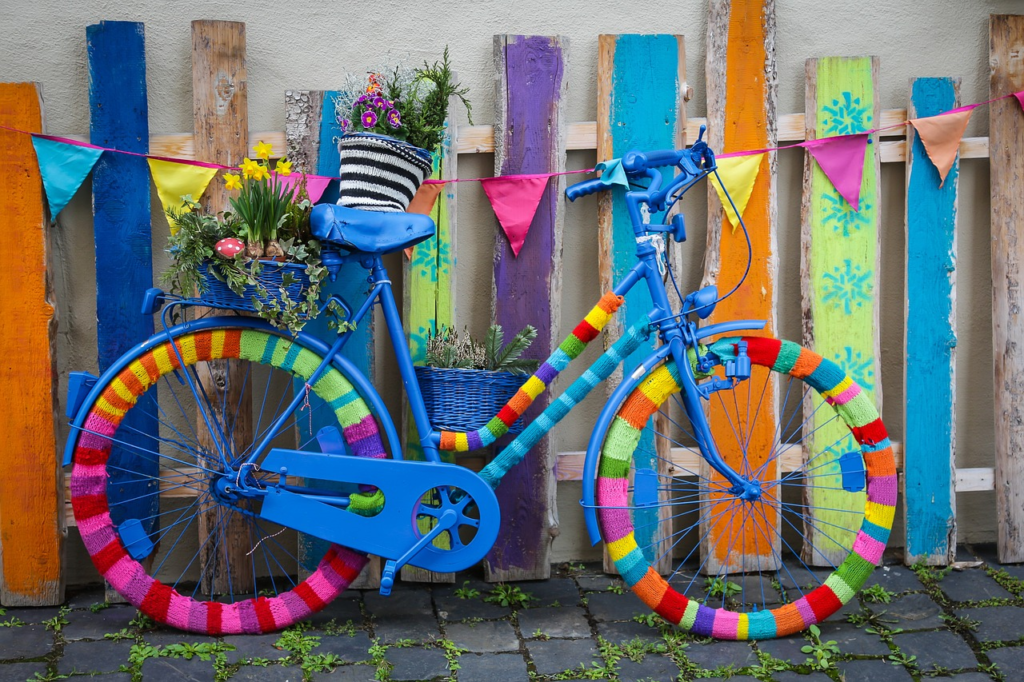
Uniform stitches require consistent tension. Take a comfortable hold of your yarn and hook and work on keeping the tension uniform. Overly tight stitches might make your creation rigid and challenging to work with. On the other hand, if your stitches are excessively loose, the cloth could not have enough definition and structure. Try several grips for the yarn and hook until you discover one that feels comfortable and yields uniform stitches.
5. Count Your Stitches:
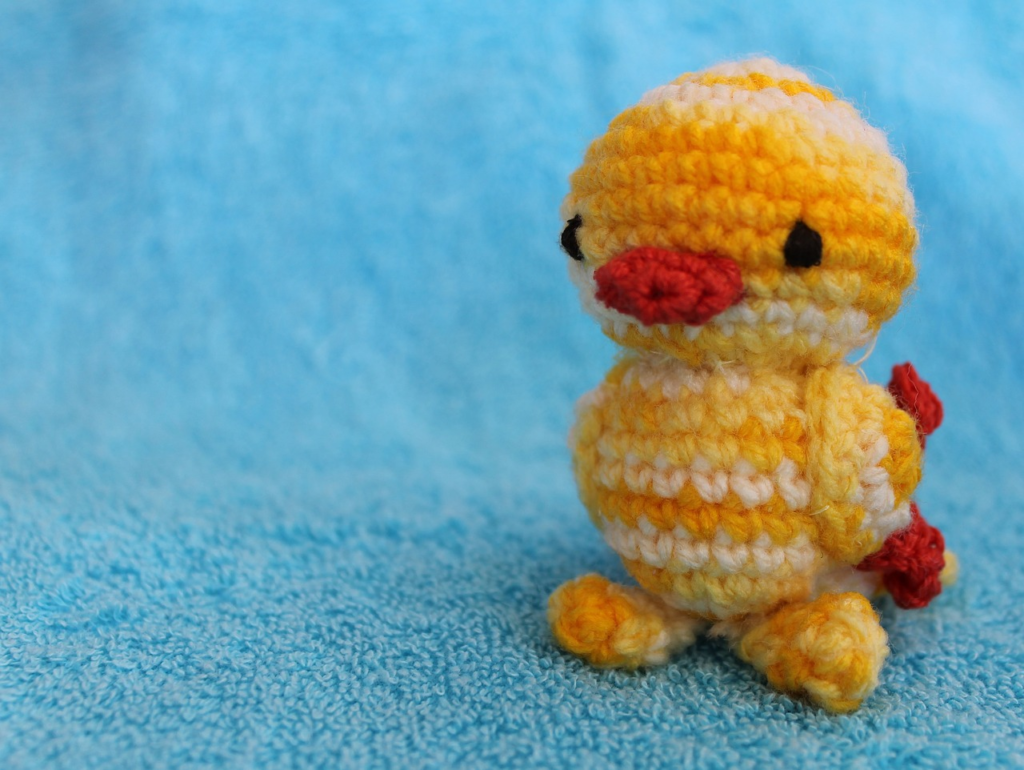
Especially for larger projects, keeping track of your stitches is essential. Uneven finished products and uneven edges might result from losing or gaining stitches. Stitch markers are useful for marking significant points in your work, like the start of a round or particular stitch patterns. To ensure accuracy, count your stitches at the conclusion of each row or round. If an error occurs, it is simpler to correct it now rather than having to remove multiple rows later.
6. Carefully Follow Patterns:
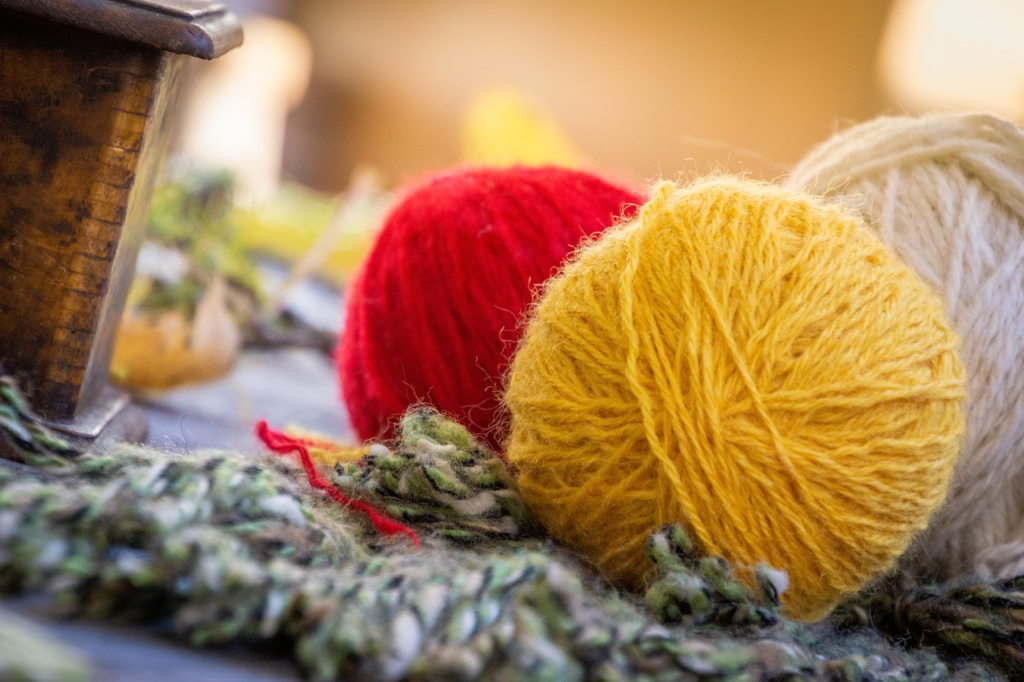
Reading tips for crocheting patterns can be difficult at first, but it gets easier with practice. Abbreviations and symbols are used in patterns to denote stitches and methods. Before you begin, take your time to comprehend the pattern. Point out or underline important passages, and take notes if necessary. Charts and diagrams are another common feature of patterns and can be useful visual aids. Look for online courses or videos to get clarity on terms or techniques you’re unclear about.
7. Take Breaks:
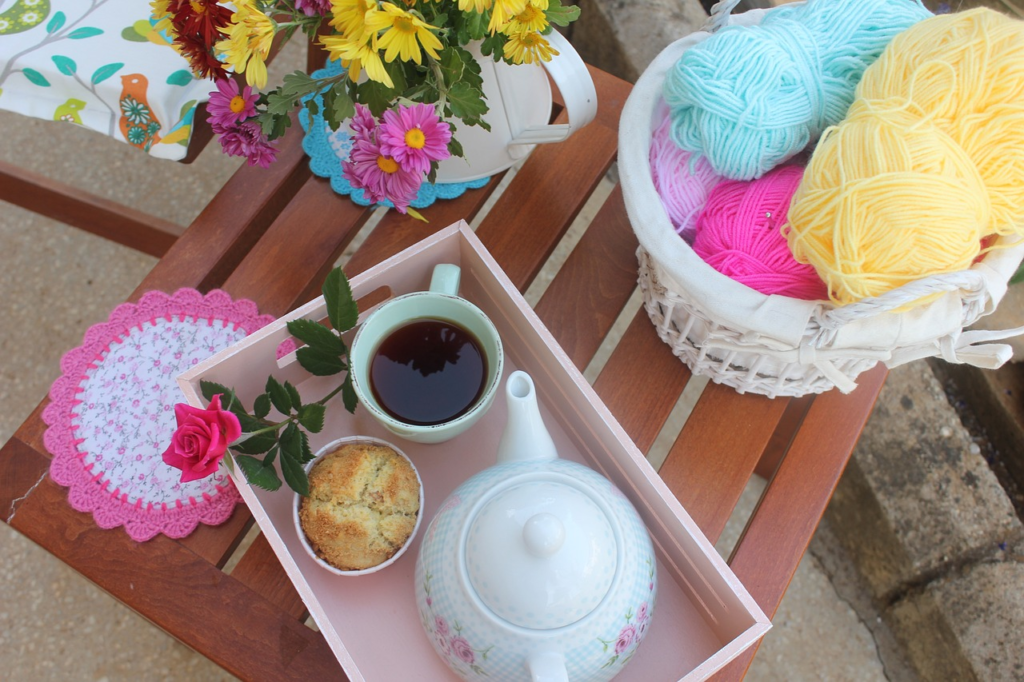
Extended crocheting can cause eye, wrist, and hand strain. Make sure to stretch and unwind your muscles on a regular basis. Cramping and weariness can be avoided with easy hand stretches and wrist rotations. Additionally, take a break for your eyes by averting your gaze from your task and concentrating on something far. You’ll be able to continue enjoying crocheting for many years if you maintain your health and comfort.
8. Join a Community:

Sharing the joy of crocheting with others makes it even more delightful. Join an online network or a local crochet group to share patterns, support, and advice. These organizations frequently organize get-togethers where members collaborate on a common project, such crochet-along. It’s a fantastic opportunity to meet people who share your interests, pick up new skills, and stay inspired. Online forums and groups such as crochet subreddits and Ravelry provide a plethora of information and assistance.
9. Try Different Projects:
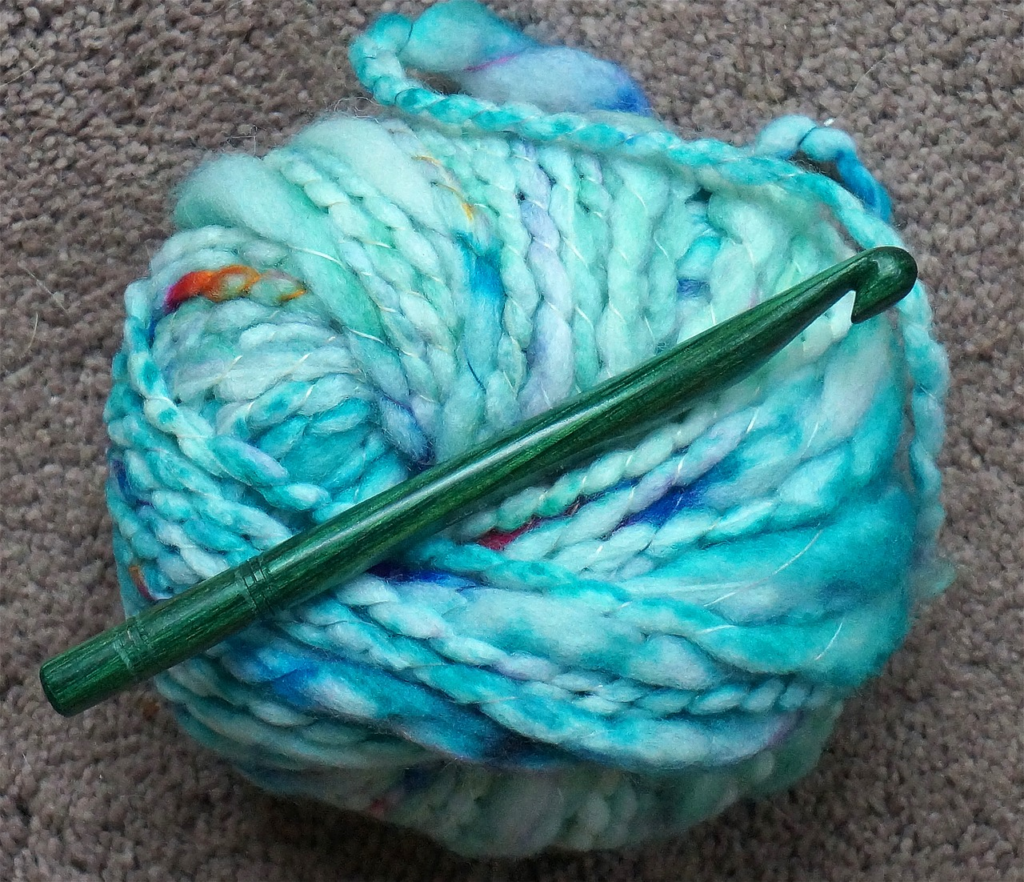
Don’t be scared to attempt novel tasks and methods. Trying out various stitches, designs, and yarns will help you become more skilled and keep crocheting a fun hobby. Before taking on bigger items like blankets, clothes, or elaborate lacework, start with smaller ones like dishcloths, hats, or scarves. Attempting novel crafting methods like Tunisian or tapestry crochet can help broaden your creative horizons.
10. Savor the Process:
Above all, never forget that crocheting is supposed to be enjoyable and unwinding. Errors are inevitable; learn from them and move on. Try not to worry too much. If you start to feel frustrated, put it down and return to it at a later time. Savor every stitch and the thrill of using your hands to create something exquisite. Celebrate your accomplishments and the one-of-a-kind handmade goods you produce. Every project you complete while crocheting is a step in the journey.
In conclusion
Tips for crocheting is a fulfilling and adaptable art form. These pointers can help you improve your abilities and enjoy your work more. Every stitch you create while crocheting is an expression of your creativity and patience, whether you do it for fun, as a creative release, or to make gifts for those you love. Cheers to your crocheting!
Crochet can make you happy you can learn . Learn more about crochet as a crafting hobby.





Pingback: Art of Crochet: Using Yarn to Create 4 easy Home Décor
Pingback: Tips for knitting with Ease in 12 simple ways -